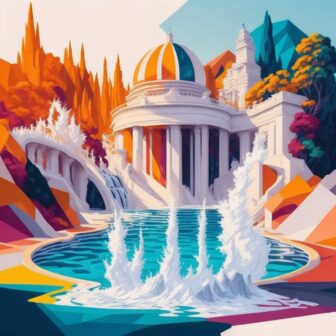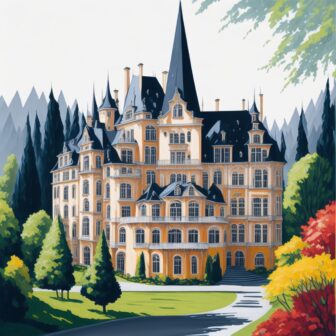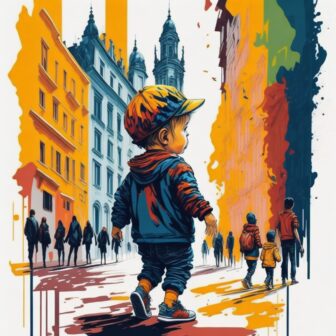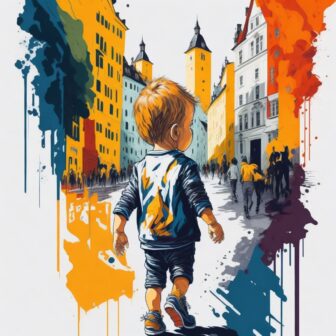26 Best Things to Do in Germany (2023)
Although I have been in so many places in Germany, this list of 25 Best Things to Do in Germany was still very hard to do, as Germany has so so much to offer. Still, I am happy with how the list came out in the end. I recommend you, when in Germany, try to do as many things as possible from this list.
1. Oktoberfest
Anyone with a taste for hop-scented froth knows that the Oktoberfest, the granddaddy of all beer festivals, is held every year in Munich. During the 16 ethanol-fueled days of the suds fest, armies of crimson-faced oompah bands amuse guests while armies of locally and internationally attired drinkers down seven million liters of lager and barbecue entire chicken farms. Grab a 1-liter stein and head to your favorite tent.
2. Berlin Wall
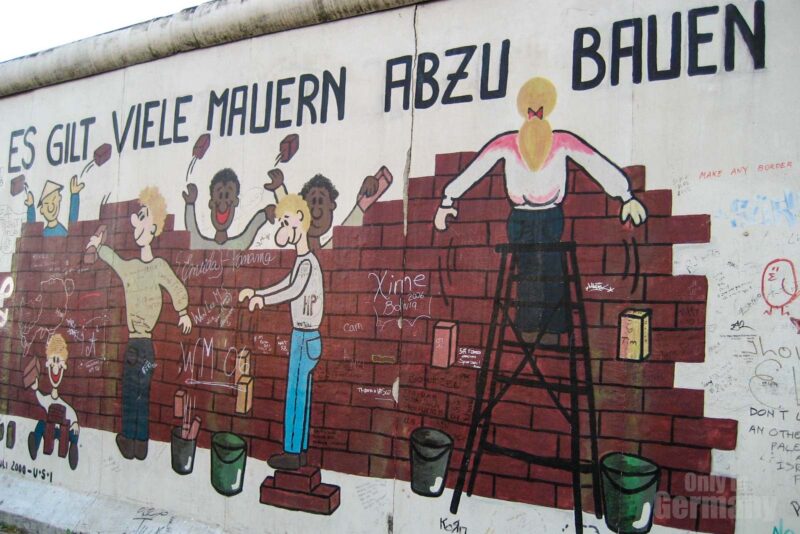
Very few historical occurrences have the ability to affect the entire world. One such event is the fall of the Berlin Wall in 1989, which ranks among the Kennedy assassination, the moon landing, and 9/11. You may recall, if you were alive at the time, the throngs of jubilant spectators cheering and dancing near the Brandenburg Gate. Even while the physical barrier is mostly gone, its legacy is still visible in sites like Checkpoint Charlie, the Gedenkstätte Berliner Mauer, and the East Side Gallery with its vibrant murals.
3. Black Forest
This region of southwest Germany is lovely in the mist, the snow, or the sunshine. Every valley in the Black Forest holds a different surprise: half-timbered towns that seem straight out of a fairy tale, roaring waterfalls, and cuckoo clocks the size of buildings. Take a deep breath, travel on winding roads to remote lakes, enjoy your treat, and then burn it off by walking along trail after gorgeously wooded trail. Hearing that? Silence. What an amazing thing.
4. Neuschwanstein Castle
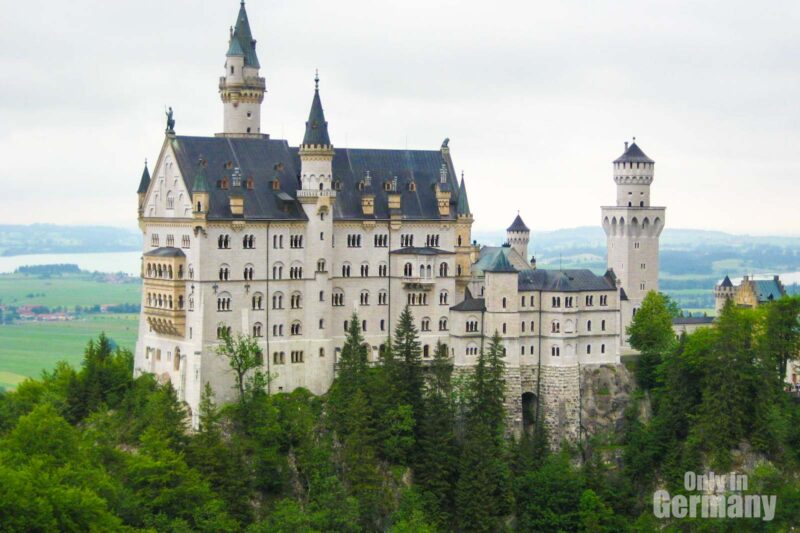
King Ludwig II of Bavaria commissioned Neuschwanstein Castle, which rises from the surrounding alpine forests like a scene from a children’s tale. In a design that puts even the flashiest oligarch’s palazzo in the shade, its chambers and halls reflect Ludwig’s preoccupation with the fabled Teutonic past as well as his love of Wagner. Even Walt Disney’s castle at Disneyland is said to have been inspired by this sugary folly.
5. Dresden
Germany’s “Florence on the Elbe” was reduced to a smouldering pile by hours of carpet bombing on a chilly February night in 1945. The recovery of Dresden is nothing short of a miracle. Restored architectural gems and magnificent art collections support the city’s status as one of Europe’s cultural centers. The combination of those two elements makes for an alluring package.
RELATED:
Best Hotels in Dresden
Best Places to Visit in Dresden
6. Romantic Rhine
Between Mainz and Koblenz, the Rhine is at its most beautiful. A veritable symphony of towering cliffs, almost vertical vineyards, hilltop castles, half-timbered hamlets, and the legendary Loreley Rock may be found there. Trails lead from each riverfront community through vineyards and woodlands, up to sweeping vistas and enormous stone forts, and back down to enchanting evenings spent sipping regional rieslings.
7. Potsdam
You’ll like Potsdam’s magnificent palaces, picture-perfect parks, breathtaking views, and creative architecture. King Frederick the Great propelled Brandenburg, the state capital, to prominence just across the Glienicke “spy bridge” from Berlin. His rococo Sanssouci mansion, which unites 18th-century aesthetic fads from all across Europe into one magnificent masterwork, is the gorgeous crown of this Unesco-recognized city.
8. Heidelberg
In the oldest university town in Germany, Heidelberg, the Romantics of the 19th century discovered breathtaking beauty and spiritual inspiration. Mark Twain felt the same way because he was seduced by the hillside castle’s remains. Students have attended lectures, sung lustily while holding beer steins, etched their names into pub tables, and occasionally been transported to the student jail throughout the years. Age-old traditions continue to exist alongside top-notch research, cutting-edge cultural events, and a vibrant nightlife.
RELATED:
Best Places to Visit in Heidelberg
Best Hotels in Heidelberg
9. Cologne Cathedral
The twin-towered symbol of Cologne, the Kölner Dom dominates the view, towering over an urban panorama. Construction on this flawlessly shaped symbol of conviction and faith began in 1248. However the cathedral wasn’t officially consecrated until ‘mere’ six decades later. As you sit in its vast, stained-glass-lit hall, you can feel echoes of the passage of time.
For breathtaking views of the surrounding city, climb a tower.
10. Nuremberg
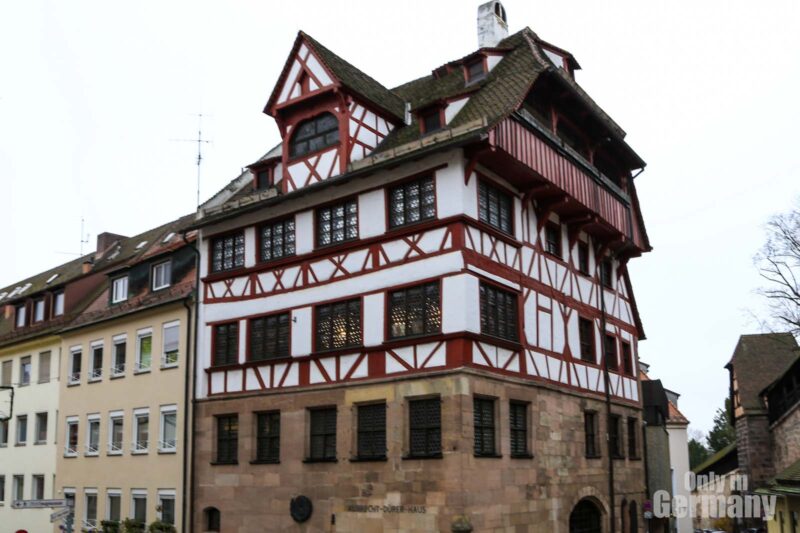
The name Nuremberg may be associated with Nazi rallies and war trials, but there is much more to this vibrant city. Dürer was born in the Altstadt, and his former home is now a museum. Germany’s first railway ran from Nuremberg to the nearby city of Fürth. After you’ve finished your sightseeing, Nuremberg’s delectable finger-sized sausages go perfectly with the local beer.
RELATED:
11. Hamburg
On the Elbe River, the affluent, age-old city of Hamburg can trace its origins all the way back to the Hanseatic League. By day, you can explore its spectacular port, discover stores selling odd and weird products you didn’t know were sold, and learn about its history in restored quarters. Some of Europe’s top music clubs draw crowds at night, and there are also a wide variety of other activities to enjoy. A new day in Hamburg then starts.
12. Bamberg
Bamberg has many townhouses that are on the Unesco list, and thankfully they were spared from being destroyed during World War II. The Rhine-Main-Danube Canal and the River Regnitz, which it shares a border with, account for half of the Altstadt’s attractiveness. After you’ve had your fill of touring, stop by one of Bamberg’s many breweries to sample the town’s distinctive smoked beer, which is served on tap at all of its charming inns. Beer drinking is prevalent throughout Bamberg, especially in the Altstadt.
13. Munich Residenz
This magnificent royal estate is evidence that Munich is greater than the sum of its beer gardens and Beemers. For ages, the monarchs of Bavaria made this place their residence and place of business, leaving a treasure trove of exquisite paintings, sculptures, and jewelry for future generations, including crowns and portable altars. Although it was repaired after being damaged during World War II, its inside is absolutely gorgeous, notably the stunning Renaissance dining hall and rococo court theater.
14. Brandenburg Gate, Berlin
Who can forget the pictures of joyful crowds atop the Berlin Wall in 1989, with the majestic Brandenburger Tor serving as a backdrop? The 18th-century royal city gate transformed overnight from a representation of division and oppression to one of a united Germany. The monument is most evocative and picturesque at night, when light casts a golden glow over its magnificent Goddess of Victory sculpture and imposing columns.
15. Museumsinsel, Berlin
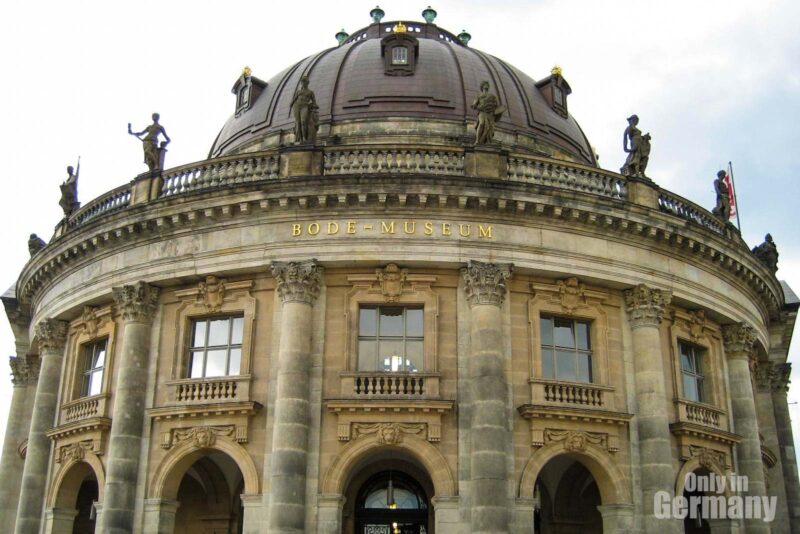
The centerpiece of Berlin’s museum landscape is the Museum Island, a magnificent collection of five treasure houses. From the Stone Age through the 19th century, art and cultural heritage are on display at the Unesco World Heritage Site. Explore the Pergamonmuseum and Altes Museum for ancient artifacts, the Neues Museum for a meeting with Nefertiti, the Alte Nationalgalerie for 19th-century art, and the Bode Museum for magnificent medieval sculptures.
RELATED
16. Rothenburg ob der Tauber
Rothenburg ob der Tauber generously applies the medieval attractiveness with its jumble of finely restored half-timbered homes surrounded by robust ramparts. If the influxes of day visitors are any indicator, one would even conclude that it is too adorable for its own good. The key is to visit this historical wonderland either early in the morning or late in the evening when the last coaches have left and you can enjoy the romanticism all to yourself.
17. Stuttgart - Go to the Flammende Sterne (Flaming Stars) festival
Stuttgart, which got its name from being a stud farm in the tenth century, has developed into a major economic force. Since Gottfried Daimler initially experimented with internal combustion engines in the 1880s, the automobile industry has played a significant role in this. It should come as no surprise that the Mercedes-Benz and Porsche museums are popular with tourists. The city is renowned for the spectacular Flammende Sterne (Flaming Stars) festival, for its nightlife and upscale dining scene. It is bordered by hills covered in vines and magnificent gardens.
18. Baden-Baden
The Ancient Romans gushed about baden (bathing) in the healing waters of Baden-Baden, and since then, the spring-fed town hasn’t lost its charm. This upscale Black Forest spa town’s reputation has been enhanced by royalty and celebrities, yet its qualities stand on their own. This is a nice-looking, nice-living town with immaculate belle époque houses, sculpture-strewn gardens, cupola-topped spas, and posh shops and restaurants. It is tucked away at the foot of heavily forested hills.
19. Moselle River
The Moselle, a Rhine tributary that travels 350 kilometers through Luxembourg and northern France, zigzags leisurely. One of Europe’s top waterways, it is surrounded by centuries-old towns and miles of vineyards. A new generation of winemakers coaxes some of the most exquisite, full-bodied rieslings you’ll ever taste from these, many of which bravely cling to precarious slopes. The Romans brought grapes to this region, and Trier is now a testament to their presence.
20. Berchtesgadener Land
The Berchtesgadener Land is a stunning region surrounded by gigantic peaks, including Germany’s second-highest peak, in the far southeast of the country, which is cradled by Austria. Overlooking the Königssee, which glistens in hues of jade and emerald, Mt. Watzmann (2713m) towers. Explore the famed salt mines, soar to the Eagle’s Nest, Hitler’s mountain retreat, and then visit the Dokumentation Obersalzberg to learn more about Berchtesgaden’s involvement in the Third Reich.
21. Beer Halls & Gardens
The beer hall, a cultural icon featuring towering tankards, waiters dressed in traditional regional garb, and on-site oompah bands, is associated with Munich and Bavaria. Munich’s Hofbräuhaus is the (grand)daddy of them all, but the south is plenty of other charming locations. Munich celebrated the 200th anniversary of its beer gardens in 2012, and at least another 200 years of mug-hoisting are still to come.
22. German Food & Drink
There are many options available to you if you want to enjoy typical meat-and-potato-and-cabbage fare in Germany. However, nowadays, cities like Berlin and Hamburg are teeming with organic eateries, fine dining establishments, vegan bistros, and a wide variety of ethnic restaurants. Michelin stars have been piling up among talented cooks, particularly in the Black Forest. Is there any other country that makes bread and beer better than this one?
23. Dessau-Rosslau
You probably have a few Bauhaus elements in your home, like the chair you sit on or the dining room table where you have dinner. The guiding principle of this significant architectural and design movement of the 20th century was “Form follows function.” Visit Dessau-Rosslau to see the places where Gropius, Klee, Kandinsky, and other luminaries of the Bauhaus produced their finest work. The school structure and a few of the teachers’ dwellings are included as World Heritage Sites by Unesco.
24. Frankfurt
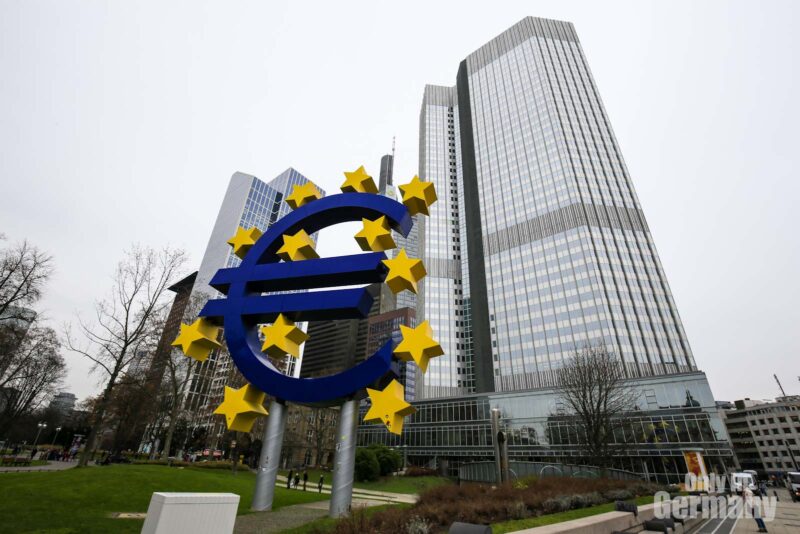
Frankfurt is renowned for its financial strength and skyscraper banks, but the best way to experience its soul and pleasantly relaxed atmosphere is to venture outside of the city’s towers. It’s simple to join neighborhood residents who are throwing frisbees in the grassy parkland along the Main River, grab an espresso at a vintage cafe, and chow down on hearty regional fare in Sachsenhausen’s wood-paneled wine taverns while sipping tart Ebbelwei (apple wine).
RELATED:
25. Trier
Trier once served as the epicenter of Western Europe. Although the Roman emperor Constantine no longer reigns from the city, the heritage of the Romans is still visible in the well-preserved amphitheatres, hot baths, and the renowned Porta Nigra.
Today, Germany’s oldest city is as leisurely as the Moselle River it rests on, close to some of the best and steepest vineyards in the country.
26. Berlin Hohenschönhausen Memorial
Have you heard of the Hohenschönhausen Memorial in Berlin? It’s a place where you can learn about the darker side of Berlin’s history during the time of the GDR. For 44 years, this former Stasi prison was a place of political persecution, where opponents of the regime, people who helped others to flee, and political prisoners were held. Today, the Berlin Hohenschönhausen Memorial serves as a reminder of their stories.
When you visit, you’ll be guided by contemporary witnesses who will take you through the site and give you an authentic impression of the prison conditions from 1946 to 1990. You’ll see that large parts of the building have been preserved, which makes it all the more real. No wonder it attracts over 400,000 visitors every year!
Inside, you’ll find the permanent exhibition, “Incarcerated in Hohenschönhausen – Witnesses of Political Persecution,” where you’ll see 300 photos and nearly 500 artefacts, including prison clothes and letters from inmates. It provides a glimpse into the everyday lives of the prisoners and the story of the former Stasi prison. There’s also a new part of the exhibition that looks at the world of the culprits.
But that’s not all. Since March 28, 2019, the special exhibition “Stasi in Berlin” has been showcasing the dimensions of state repression in the GDR’s capital and West Berlin. On a 160 square meter aerial photograph that you can walk into, you can explore numerous service objects and thousands of conspiratorial apartments with the help of tablets. You’ll also see photos, videos, and documents that illustrate the extent of surveillance. It’s shocking to realize how strongly the Stasi was present even in the western part of the city.
The history of the site is also fascinating. A special Soviet camp was set up on the site of a former industrial kitchen in the north-east of Berlin at the end of the Second World War. After the camp was closed in October 1946, the central Soviet custodial prison for East Germany was established in the cellar of the building. The Ministry for State Security took it over in 1951 and expanded it with a new building in 1961 and used it until 1989 as a central custodial prison. Thousands of political prisoners were incarcerated here, including nearly every famous GDR opponent.
One of the most emotional experiences is to take a tour with a former inmate who can recount his personal story. That’s why so many visitors come to Hohenschönhausen to hear these authentic contemporary witness accounts.
The memorial also offers seminars and project days for schools. Groups can view the former Stasi prison as part of a guided tour. However, due to high demand, you should book an appointment in advance.
So, what do you think? Sounds like an interesting and educational experience, right?

